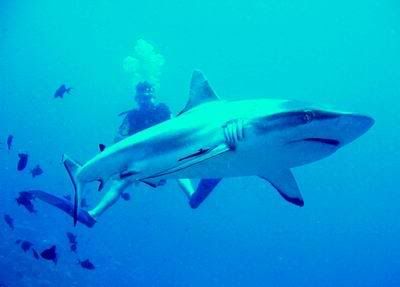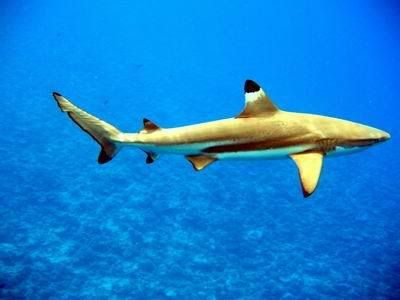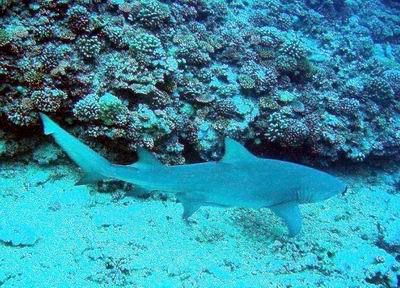Are these stats correct.... ?
I'm pretty sure they are US-only stats
However I think the underlying message - that death via shark attack is very very unlikely compared to other causes - is valid
Welcome to ScubaBoard, the world's largest scuba diving community. Registration is not required to read the forums, but we encourage you to join. Joining has its benefits and enables you to participate in the discussions.
Benefits of registering include
Are these stats correct.... ?
I've been cage diving with Great Whites at Isla de Guadalupe in Mexico and loved every minute of it. (My Avatar is a pic I took of a male GW about 15-16' that hung around for all three days of 'diving'.)
.....................
As long as it's done with the kind of care I witnessed, and it's done at a remote location like Guadalupe, where recreational diving had already been stopped by the seasonal presence of sharks, I don't see the harm.
Yeah at first glance it does look weird. That is Wolfgang Leander, he is famous for freediving with many species of sharks. He was an extreme pleasure to dive with! I learned alot from him.Its just the angle, but at first it looks as though the freediver behind the shark only has one leg. :blinking:
Seriously though, that Shark Diver trip sounds like a great experience. I've added to my "must dive" list (OTOH, its a long list!)...
John
Excellent pictures Carolyn! Thanks for posting at least the thread was worth something.
They basically bumped us, just like they do each other.



Well, I suppose it's a debatable point of view, but I'd say it's natural behavior - and positive in that sense - for an animal to take food where they choose to. The problem becomes the subsequent behavior of man, when he kills the beasts for doing what comes naturally. Food is such a powerful conditioner for fish, maybe because they're so dumb - can you imagine catching a bear by dragging an Elmo doll behind your car on a rope? - that I think our land-based instincts don't fully prepare us for what to expect - I'm thinking of the comment above that they were careful not to let the sharks think they had food in their hands (!), so the sharks didn't bite them because sharks only go for chum. That 'researcher' in Florida had his calf bitten off by a bull shark, thinking much the same way. I wonder if this also comes about because land predators for the most part won't approach you no matter what you do, so we see them without being fed upon, never closing the experiential loop confirming that being made of meat = edible food source for a carnivore. I've been in the uncomfortably close presence of black bears a few times - not yet coyotes, wolves, or cougars - and not been attacked, but I have no doubt that if I got them to stick around long enough, and put them in the mood for eating, that they would eventually attempt to eat me, even the small pack hunters. Whether I showed them my empty hands or not!... Which brings us to the most serious problem, changing the behavior of wild creatures by feeding. How about going to Yosemite and feeding the bears so you can get a good picture? While once accepted this practice has been long discredited since it disrupts the natural behavor of the animals in a negative way.
...Please do not feed the sharks!


I am still a newbie at this photography thing!
... I have been fishing at Guadalupe for over 20 years and before the cage trips we rarely saw GWS, now that they have been trained by the cage boats no sooner is the hook set before there are sharks patrolling around the boat looking for a handout. ...
Must be beginner's luck then because those were some awesome shots!
I am glad I had 5 days to do it! That made all the difference. The first day of pics, mine were a mess and worthless. In the end I finally got some money shots, and alot were luck. Next time though, I will be even more ready! Especially since I understand their behavior alot more!
Carolyn:shark2:

